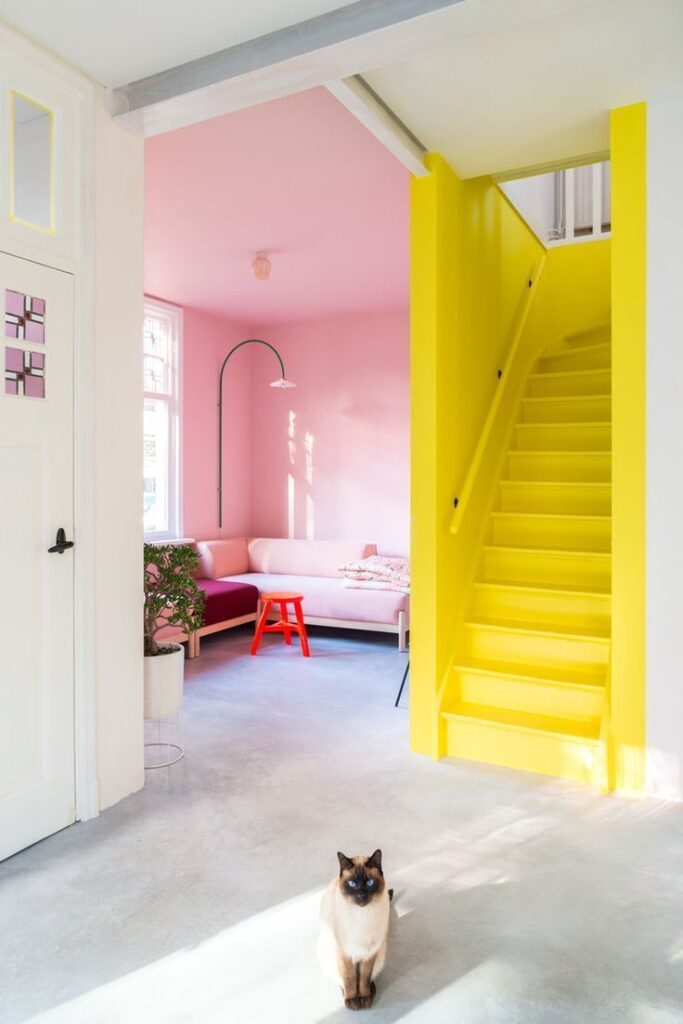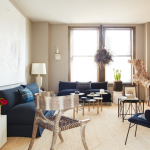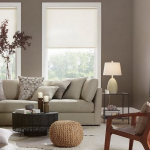Choosing the right wall color for your living room may seem like a purely aesthetic decision, but in reality, it can have a significant impact on your mood, emotions, and even behavior. The colors we surround ourselves with can have a profound psychological effect on us, influencing our thoughts and feelings in subtle ways. Understanding the psychology behind different wall colors can help you create a space that promotes relaxation, focus, and overall well-being.
First, let’s start with neutral colors like white, beige, and gray. These colors are often associated with cleanliness, simplicity, and sophistication. White walls can make a room feel bright and spacious, while beige and gray create a calming and peaceful atmosphere. Neutral colors are versatile and can be easily paired with a variety of accents and decor styles. They are also known to promote clarity of thought and focus, making them a great choice for a home office or study.
On the other hand, warm colors like red, orange, and yellow are known for their energizing and stimulating effects. These colors can create a sense of warmth and intimacy in a living room, making them ideal for social gatherings and entertaining. Red is associated with passion and excitement, while orange is linked to creativity and enthusiasm. Yellow is known for its cheerful and uplifting qualities, perfect for brightening up a space and promoting happiness.
Cool colors like blue, green, and purple are often chosen for their calming and relaxing effects. Blue is known to evoke feelings of serenity and tranquility, making it a popular choice for bedrooms and living rooms where relaxation is key. Green is associated with nature and harmony, creating a sense of balance and renewal. Purple is often used to convey luxury and sophistication, adding a touch of elegance to a space.
When choosing a wall color for your living room, it’s important to consider the mood and atmosphere you want to create. Think about how you want to feel in the space – relaxed, energized, focused, or cozy – and choose a color that reflects that. Keep in mind that lighting, room size, and decor style can all impact how a color is perceived, so it’s important to test out different options before making a final decision.
In conclusion, the psychology of living room wall colors is a fascinating subject that can help you create a space that not only looks beautiful but also enhances your well-being. By understanding the emotional and behavioral effects of different colors, you can create a living room that promotes relaxation, focus, and happiness. So next time you’re repainting your walls, consider the psychological impact of your color choices and create a space that reflects your personality and promotes positive emotions.
 goodworksfurniture Decoration and home design ideas
goodworksfurniture Decoration and home design ideas













